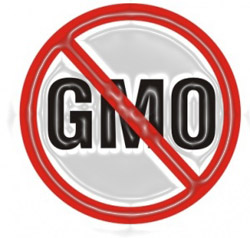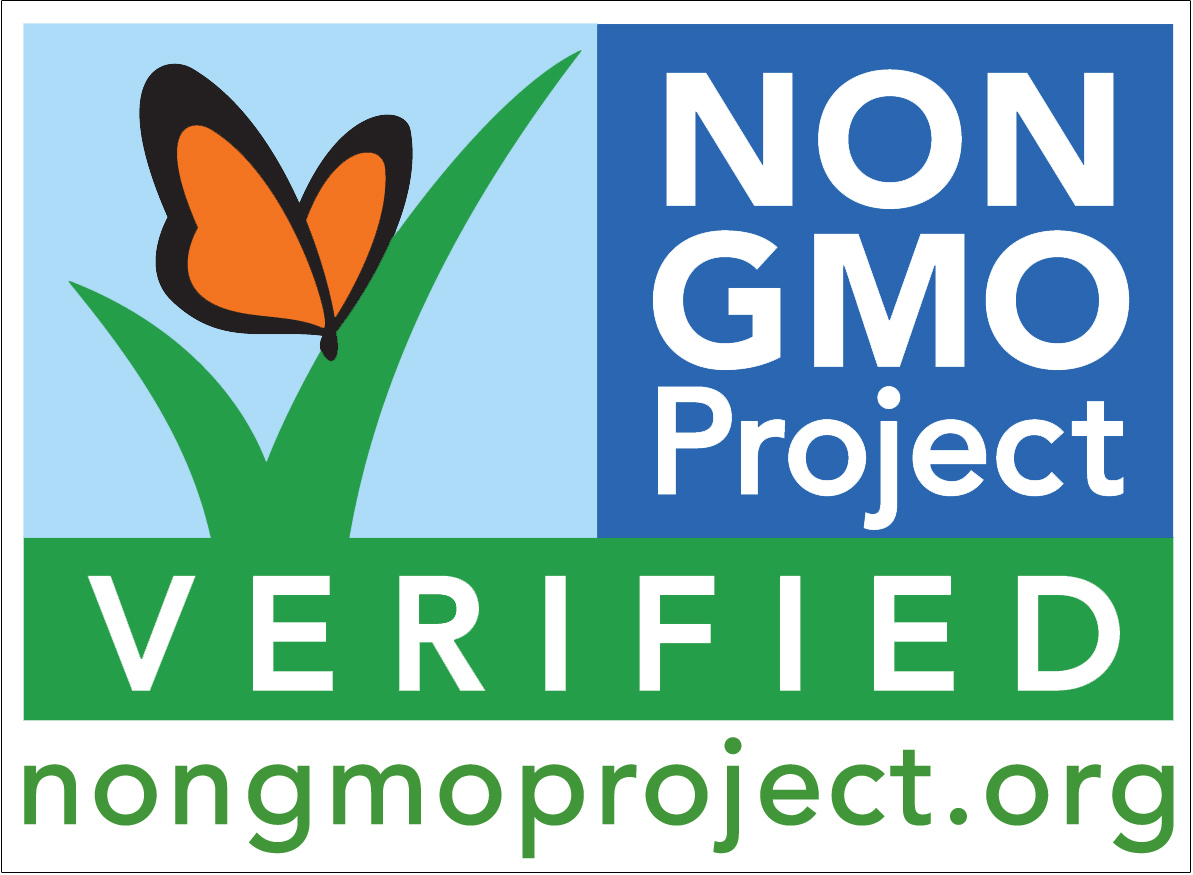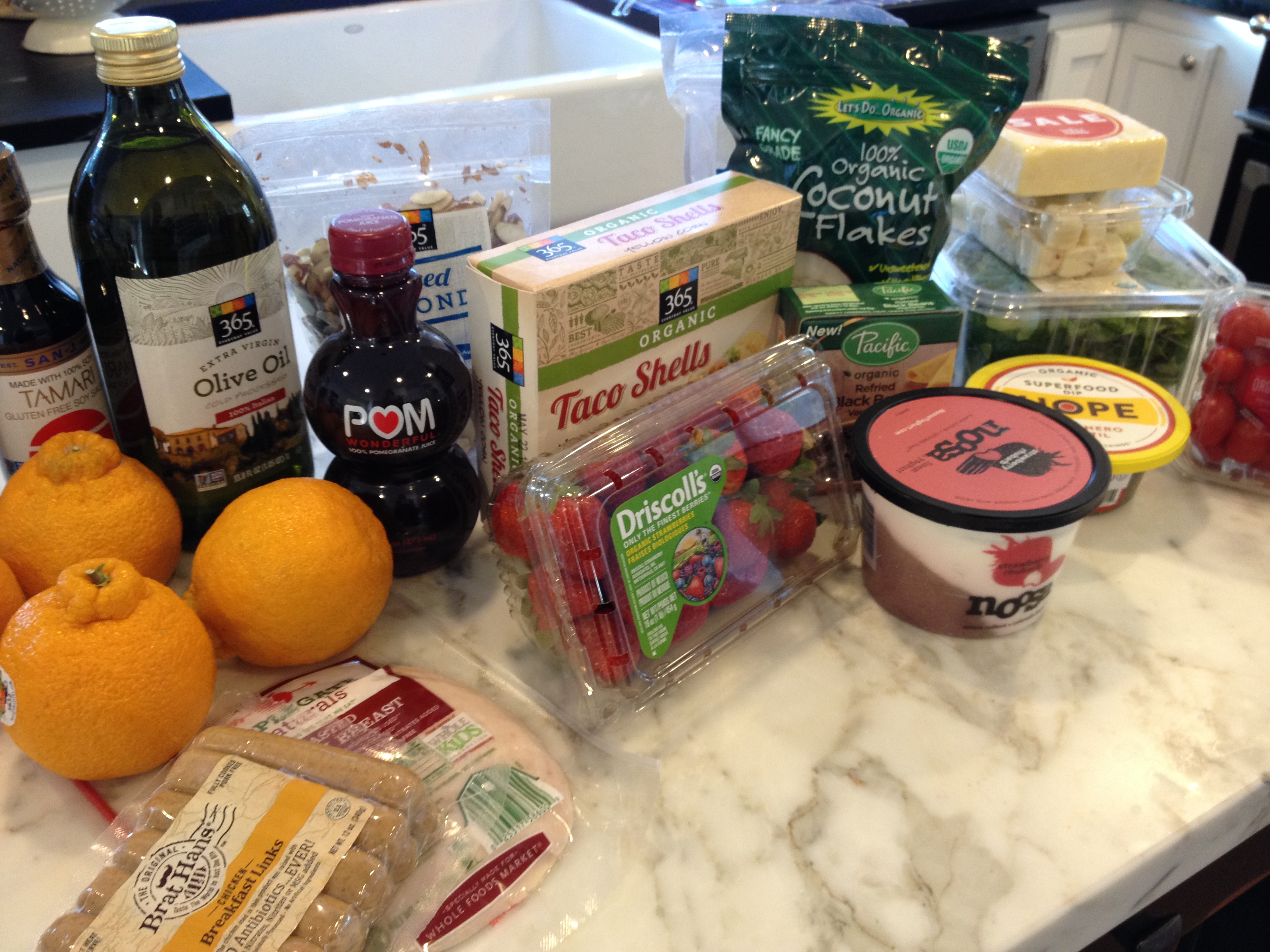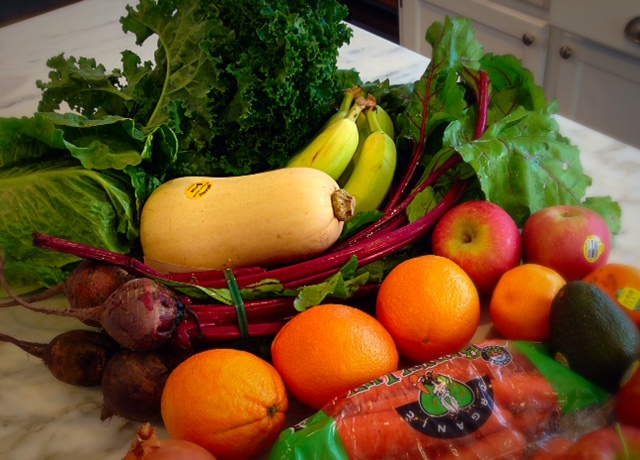 Apparently no one really knows the answer to that question. And therein lies the rub, if you ask me. When I first read Robyn O’Brien’s book, The Unhealthy Truth — which convincingly argues that eating GM foods can be linked to all kinds of health issues, including cancer and the rise of childhood allergies and autism — I immediately decided that GMOs (genetically modified organisms, including animals, crops, and milk) are the worst example of corporate greed and malevolence in recorded history and vowed never to put another morsel of GM food into my or my family’s mouths. So there, Monsanto.
Apparently no one really knows the answer to that question. And therein lies the rub, if you ask me. When I first read Robyn O’Brien’s book, The Unhealthy Truth — which convincingly argues that eating GM foods can be linked to all kinds of health issues, including cancer and the rise of childhood allergies and autism — I immediately decided that GMOs (genetically modified organisms, including animals, crops, and milk) are the worst example of corporate greed and malevolence in recorded history and vowed never to put another morsel of GM food into my or my family’s mouths. So there, Monsanto.
For those of you who don’t follow the GMO controversy, here’s a little primer on the subject: A genetically modified organism (GMO) is one who’s genes have been altered in a lab using genetic engineering — essentially the DNA molecules from different sources are combined to create a new set of genes, which is then inserted into another organism such as a plant seed or animal. This can be done for a variety of reasons, for instance to create a breed of corn that is resistant to chemical herbicides or higher-yielding wheat crops. The US company Monsanto creates “Roundup-Ready” seeds that are resistant to the chemicals in Roundup herbicide, which allows farmers to grow more corn using more pesticides (and the company even patents these seeds). Today the USDA says that over 81% of all corn and over 88% of all soybeans grown in the US are GM. This is controversial for several reasons, including concerns that GM foods are unsafe and growing them threatens biodiversity and the environment. If you read studies like this one, you’ll get a feel for the arguments against GMOs. GMOs have been banned in 27 countries, including all of Europe, by the way.
But then I read Nina Federoff’s Op-ed in The New York Times extolling the benefits and safety of GM crops while explaining why the world truly needs more, not less, of them — which kinda made me mad but also made me think. What if GMO crops really can eliminate world hunger? What if scientists really could create more nutritious wheat? Hmmm, that’s not so bad, right? Except, it’s not clear that those GMO promises are panning out. And there’s alarmingly little non-biased research and information out there about GMOs. Many non-GMO activists feel that the seed companies like Monsanto thwart efforts to conduct truly independent research. This article explains how the corporations basically have veto power over which tests get conducted and also which data gets reported. It’s pretty icky. And, well, you gotta wonder what they’ve got to hide, right?
Which I guess brings me back to the beginning. I don’t know if eating GMOs will give you cancer, alter your kid’s brain chemistry, or make hair grow on your tongue (like it apparently did to some hamsters in Russia). And neither does anybody else. So, for now I’m sticking with my non-GMO stance. Which goes something like this: Whenever possible and reasonable, avoid foods that have been genetically altered in any way.
 In case you’re wondering how to do that, it’s simple:
In case you’re wondering how to do that, it’s simple:
1. Buy organic. Foods that are certified organic cannot by law (knowingly) contain GM ingredients.
2. Buy local. You’re pretty safe buying from farmer’s markets because most GM crops are grown by large, industrial farms not your local mom-and-pop.
3. Avoid the four top GM crops: corn, soy, canola, and cottonseed. If you do buy these, buy organic. This is one very good reason to avoid processed, packaged foods; if you read the label on a typical box of cookies, you’ll find several corn derivatives and probably soy and canola, too.
4. Look for the Non-GMO Project label. This is not widely used yet, but it’s worth knowing about and supporting. Here’s what it looks like: 
So, what we’re left with is…real food. Hey, what a concept.



Awesome blog Bevin!
Thanks Julie! I hope you’re doing well!